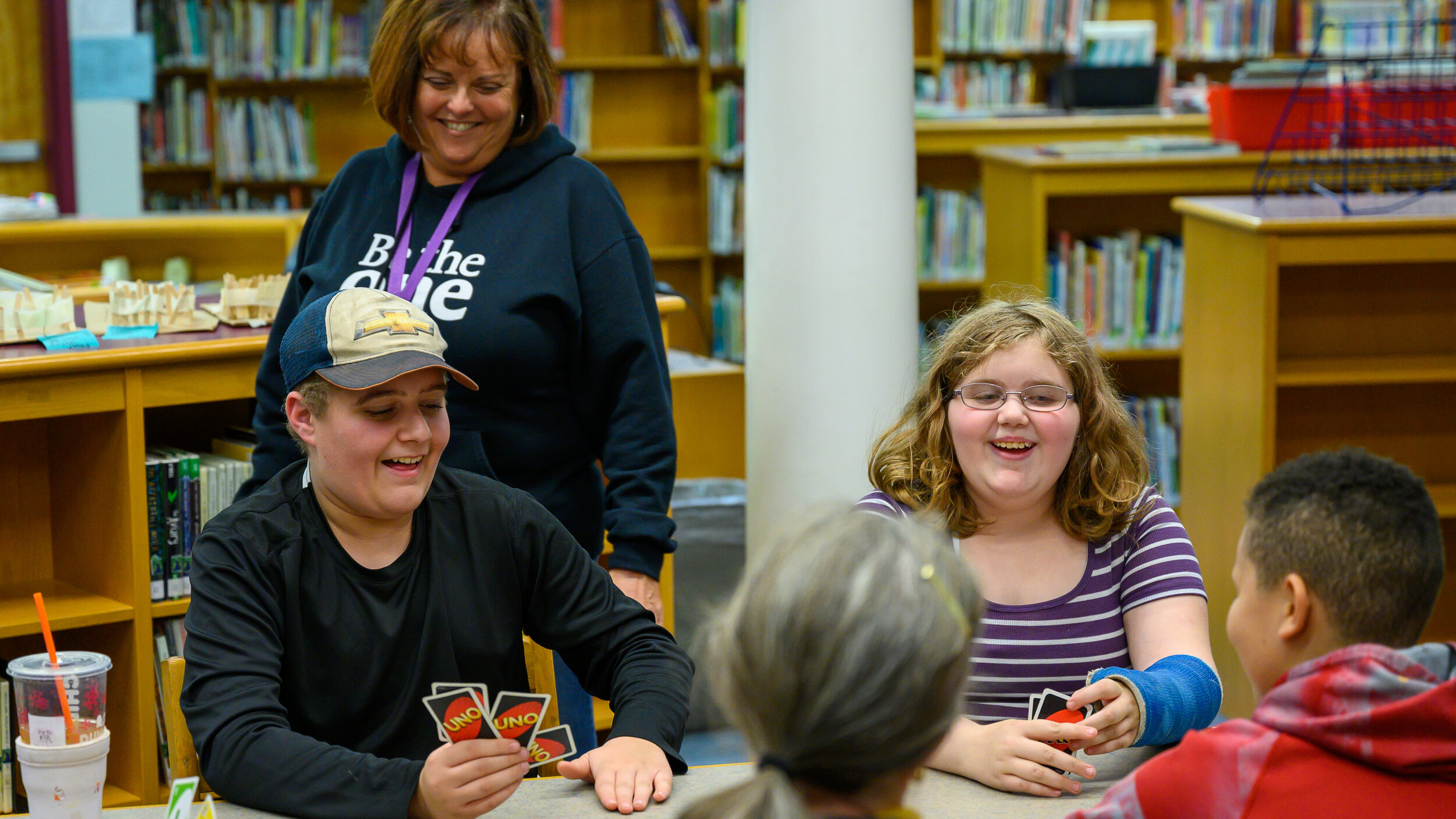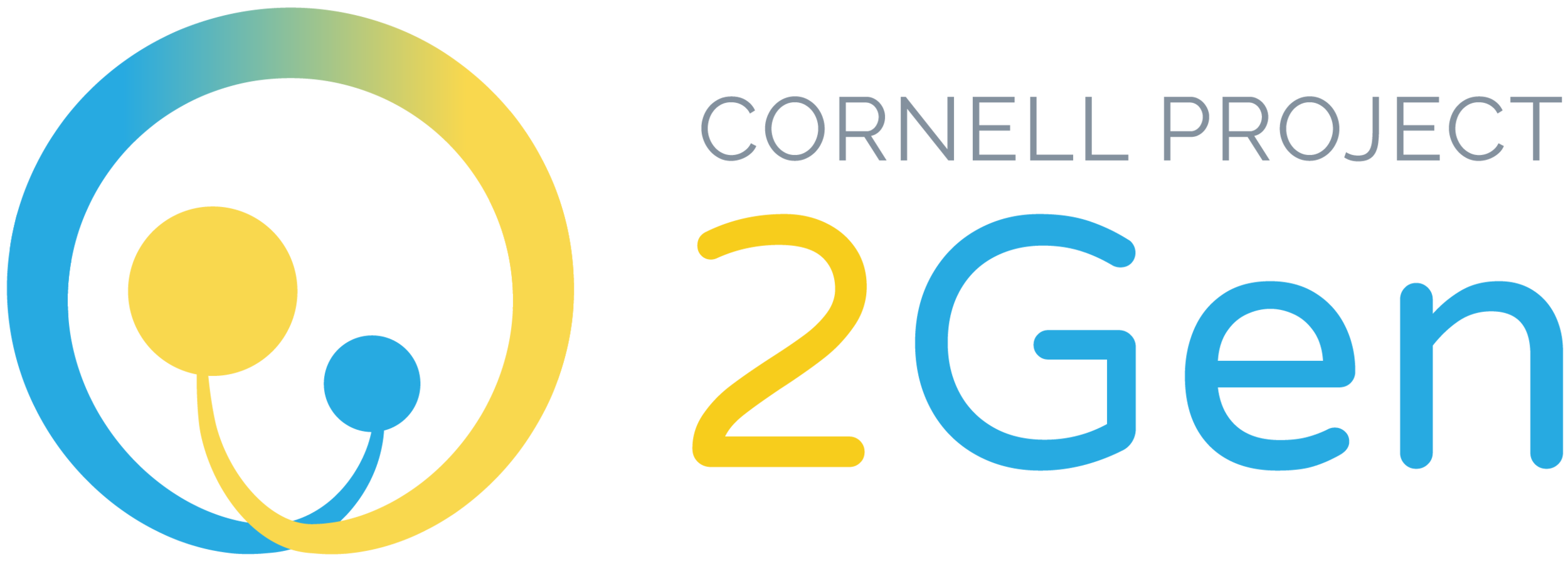Scroll

Supporting Children and Families Amidst the Opioid Epidemic
Cornell Project 2Gen partners with Cornell Cooperative Extension to research the effects of the opioid crisis on families and help educate practitioners about how they can help.
Learn more about the project >
Library
Erin Mathios’ MPH thesis qualitatively analyzes experiences of stigma in Family Treatment Court.
Some but not all aspects of a New York county’s Family Drug Treatment Court expansion increased the county’s family reunification rate.
In recent years, the widespread and tragic misuse of opioids has become a public health epidemic.
It is not always easy to tell when people around us are struggling with drug use. If you are concerned about someone in your life, you can look out for the following warning signs and reach out to them.
People who use drugs are among the most stigmatized groups in our society. Stigma can result in people being rejected or feared by their peers.
Opioids are used to treat short-term or chronic pain, so you may be prescribed them if you get surgery or experience an injury. Learn how to safely take, store, and dispose of prescription opioids with this brief.
People who inject opioid use either needles or syringes. Other individuals, such as people who have diabetes, also use these for medical reasons. These “sharps” require safe disposal.
Learn to recognize the signs of an overdose and what you can do to help.
Tompkins County community members came together to discuss the unmet needs of families affected by opioid misuse and opportunities for research-practice collaborations to help meet them.
This report examines how trends in the opioid crisis have affected New York families and children.
A two-generation (2Gen) framework emphasizes the importance of considering the whole family when discussing prevention and treatment of opioid addiction.
Cornell Project 2Gen has received the William T. Grant Foundation’s first Institutional Challenge Grant to address opioid abuse and child maltreatment in low income, rural communities in upstate New York.
Parent Education
Explore all our Parent Education initiatives >
Library
Search our program database to discover promising programs that serve families dealing with substance misuse.
Learn about evidence-based programs and how to find EBPs that fit your community's needs.
Lauren Kessler and Matthew Sheen assessed cultural humility in parent education curricula.
Rose Ippolito connected campus and Extension efforts to support families affected by opioids.
Jessica Lindenstraus took a 2Gen approach to parent education through her Summer Internship.
Community Connections
Explore all our community connections >
Library
Adverse Childhood Experiences (ACEs) encompass a wide range of traumatic experiences that children may be exposed to during development.
Our project addressed the ways that Port Jervis can be more trauma-sensitive. We also researched many ways that zero-hour physical education might be helpful to Port Jervis.
This semester, I explored the effects of different interventions on academic outcomes for students exposed to Adverse Childhood Experiences. ACEs are a form of toxic stress linked to severe, detrimental effects on physical, emotional, and mental health.
The awareness and impact survey gauges participants’ understanding of ACES and their awareness of available resources that can be leveraged to buffer the effects of ACEs in their communities.
This semester I had the opportunity to research family treatment courts across New York State counties. I was surprised that there was no reliable documentation of operational family treatment courts across the state
Tompkins County community members came together to discuss the unmet needs of families affected by opioid misuse and opportunities for research-practice collaborations to help meet them.
This summer, I interviewed twenty-two family service coordinators and cottage directors about the challenges they face in their work with at-risk youth and their families.
The Ithaca My Brother’s Keeper team are taking the program’s original goal of raising the success and achievement levels of young men of color and driving it farther by addressing systemic issues that block young people of color from opportunity.




























